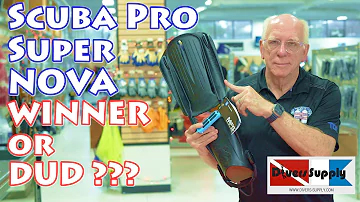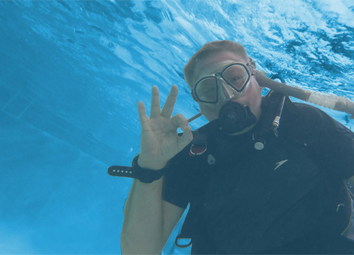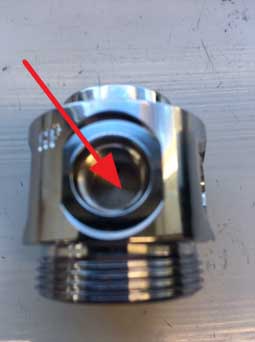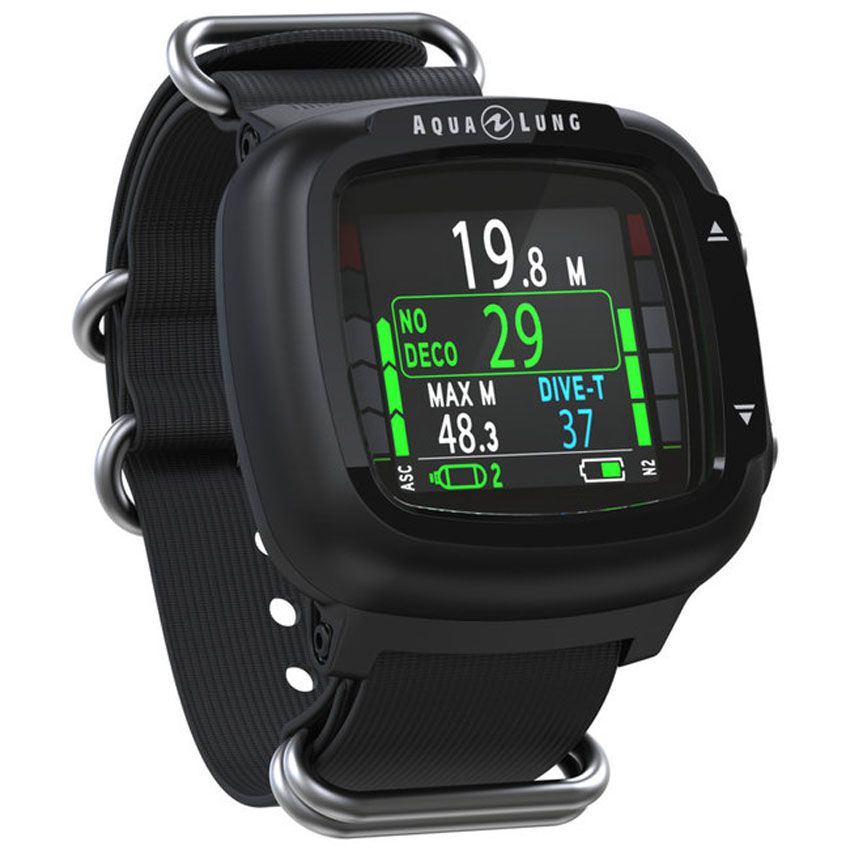We use cookies to enhance your experience on our website. By clicking “I Agree,” you consent to our use of cookies in accordance with our Privacy Policy. If you choose not to allow cookies on our website, some of the website’s functions may not be available to you. Learn more.
Scuba Tanks (Cylinders) Basics
Buying vs Renting
Before you purchase your scuba tank you will want to consider if renting would be a better option over purchasing.
- Generally it costs little more to rent than it does to get a tank filled. If most or all your diving is at destinations reached by air, you’ll find it impractical to travel with scuba tanks. You'll also discover that both tanks and weights are normally included in most dive charters.
- Most scuba divers rent their tanks and leave the burden of maintenance on the rental dive shop. The drawback to renting is you run the risk of a shop being out of rental tanks, especially on popular dive weekends.
Depending on your circumstances there may be compelling reasons to own your own cylinders, instead of renting.
- The best size cylinder for you is not readily available for rental. Most shops only rent standard aluminum 80 cuft tanks.
- Your dive center is some distance away, making your trip to pick up and return rental cylinders expensive in terms of both time and travel.
- The satisfaction and convenience of simply owning all of your own dive gear and choosing the type and size of tank you prefer.
How many tanks do you need?
- Most divers choose to purchase 2 tanks, the most common type of diving involves at least two dives, most dive boat charter schedule a two-tank dive trip. Therefore, most divers want to own more than one tank. Doing so will save you the inconvenience of renting a second cylinder.
What size tanks do you need?
- Because a cylinder may meet the needs of most divers doesn’t mean it meets the needs of every diver.
- Tank capacity is normally measured in cubic feet. Most recreational divers find a common aluminum 80 to 100-cubic-foot tank is sufficient for their needs. An aluminum 63 cft may be a better fit for a younger and shorter diver while still providing enough gas for their needs.
- Larger divers tend to have greater gas consumption rates in direct proportion to their size. Consequently, they will prefer a tank with a greater capacity. Their physical size will allow them to handle larger tanks.
- You should have an idea of how much capacity you need prior to making a tank purchase, if you are unsure rent a few times to get a better idea of your needs.
Steel vs. Aluminum
Understand the fundamental differences between steel and aluminum tanks will help you decide.
- Steel tanks have largely the same capacities as the most popular aluminum models, many with substantially larger volumes. Sizes as large as 149 cft of gas and some rated to more than 3442 PSI.
- Steel being a heavier metal than aluminum means divers who use steel cylinders generally need to wear less weight.
- Aluminum cylinders tend to have more metal at the bottom; this allows the tanks to stand upright without a tank boot and can tend to make divers more tail heavy.
- In contrast, divers often praise steel cylinders for their excellent fore-and-aft trim balance characteristics.
By far the biggest difference is this: Steel cylinders can rust; aluminum cylinders can’t.
- Moisture inside an aluminum cylinder may cause only a minor amount of oxidation or scale and will not likely cause any permanent damage. Even salt water getting into an aluminum cylinder will not cause significant corrosion.
- Even a small amount of fresh water getting inside a steel cylinder can cause a significant amount of damage if not caught in time. With salt water, the corrosion occurs even faster and If left unchecked, the resulting damage may be beyond repair.
High Pressure vs. Low Pressure
If steel tanks are your preferred tank of choice, you must now decide between high-pressure and low-pressure tanks.
- Some steel High-pressure and Low-pressure tanks may be similar in size while containing different amounts of air.
- Before thinking that high-pressure tanks are a no-brainer, know that with high-pressure tanks a DIN regulator set up is recommended. If your regulator has a Yoke setup, you may need to con-vert your Yoke 1st stage to a DIN 1st stage.
- Another important note about high-pressure versus low-pressure tanks is service. Because high-pressure tanks typically require more frequent servicing and parts replacement, especially their valves and O-rings.
- High-pressure steel tanks are more likely to fail their 5 year hydro inspection than are low- pressure steel tanks.

When choosing a tank valve DIN, Yoke or Both?
There are two types of fittings that are used to attach a regulator's 1st stage to the tank: DIN and Yoke.
- Yoke couplings are more commonly found worldwide and are almost always used by the ever-popular aluminum 80 scuba tanks.
- DIN fittings are considered safer than yoke and are the best fitting that can couple with high-pressure tanks. The advantage of DIN fittings is that they screw into the tank valve and trap the high-pressure O-ring so it cannot protrude, like can occasionally happen when using a yoke fitting.
- DIN-style tanks can be equipped with a yoke adapter for the purposes of filling the tank. Likewise, a yoke- style tank can be equipped with a separate DIN adapter for the purposes of filling the tank (see picture below).
- Regulators may be equipped with adapters that replace the yoke portion of the 1st stage on a semi-permanent basis. *DIN adaptors should be installed by a qualified scuba repair technician at a full- service scuba shop. This option is preferred if you frequently use DIN valve tanks.
You can also choose the Din/Yoke pro valve when purchasing newer tanks that allow you to convert the valve by removing or inserting a plug to convert between Din or Yoke.
Inspection and tests
In the United States, an annual visual inspection is not required by the USA DOT. The visual inspection requirement is a diving industry standard based on observations made during a review by the National Underwater Accident Data Center.
- USA DOT does require a hydrostatic test every five years and when tanks are manufactured they receive a stamp of that month and year.
- When having your tank(s) filled at a Dive Shop in the USA, the filling operator must insure that your cylinder has a current VIP sticker dated within the year and a current Hydro stamp dated within 5 years.
Every country has different regulations and some tanks are manufactured for use in specific countries.
- Make sure when you purchase a scuba tank it has the correct markings for use in the country where you will be using it.
This is especially important when purchasing a used tank. Filling station operators are required to check these details before filling a cylinder and may refuse to fill non-standard or out-of-test cylinders.

Nitrox Scuba Tanks
There are two basic types of breathing gases available to the sport scuba divers.
Normal Air – Air is taken through a filtration system and then pumped under pressure into your scuba tank. *Always purchase your air fills from a Certified Pure Air Station.
Nitrox – Nitrox comes in several oxygen blends and requires specialty training and certification before use.
- Pure oxygen, based on the desired Nitrox mix, is pumped into an O2 clean tank and then filtered normal Air is blended in to reach the required tank pressure. In many ways Nitrox is a safer gas to dive with due to the lower level of Nitrogen and will increase your bottom time.
- Always purchase your nitrox fills from an authorized nitrox blender and always analyze each fill yourself.
- Any time you fill a tank with Nitrox, it must be identified as such. This will help to prevent accidents in the event that someone uses a tank filled with Nitrox without taking the proper precautions.











